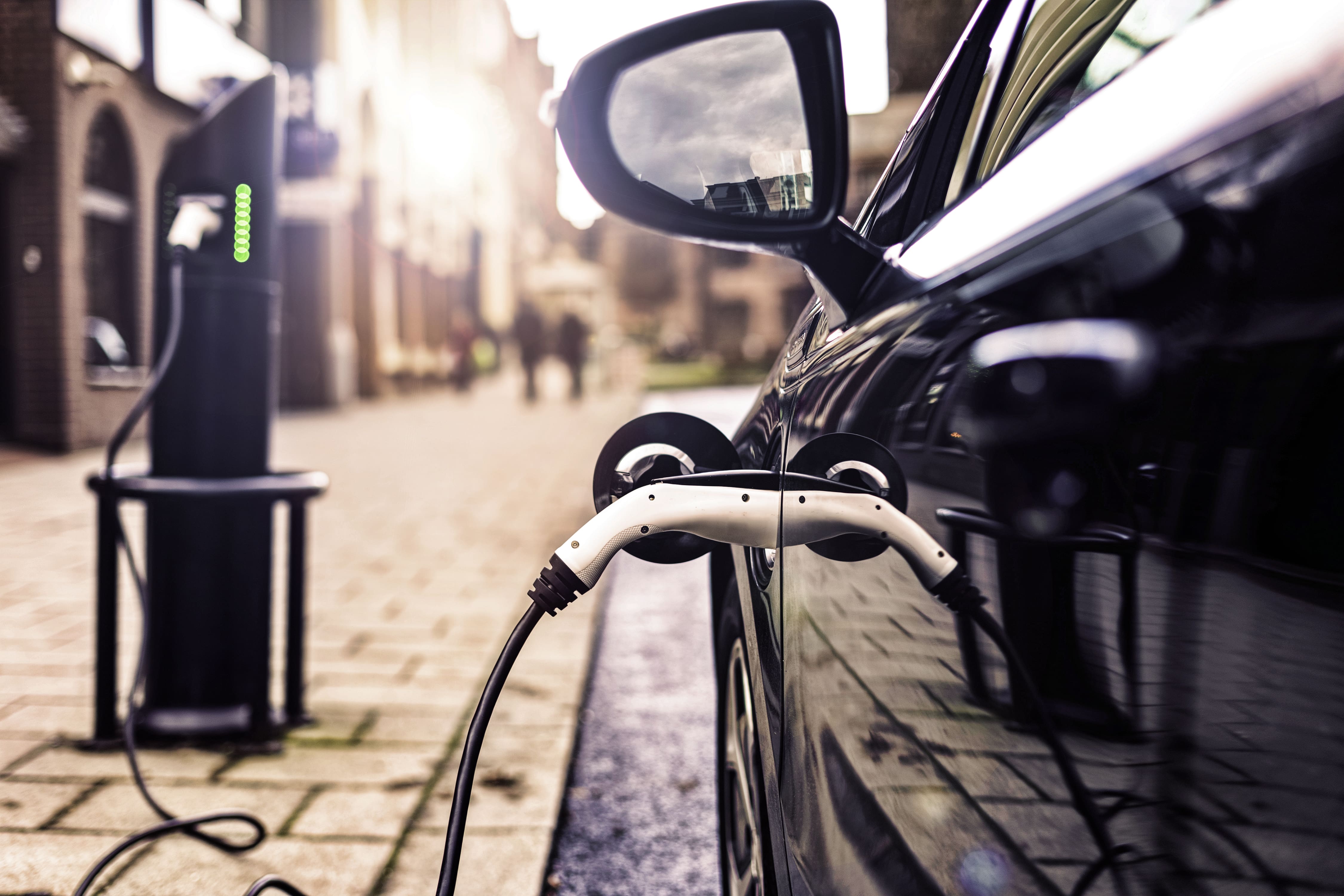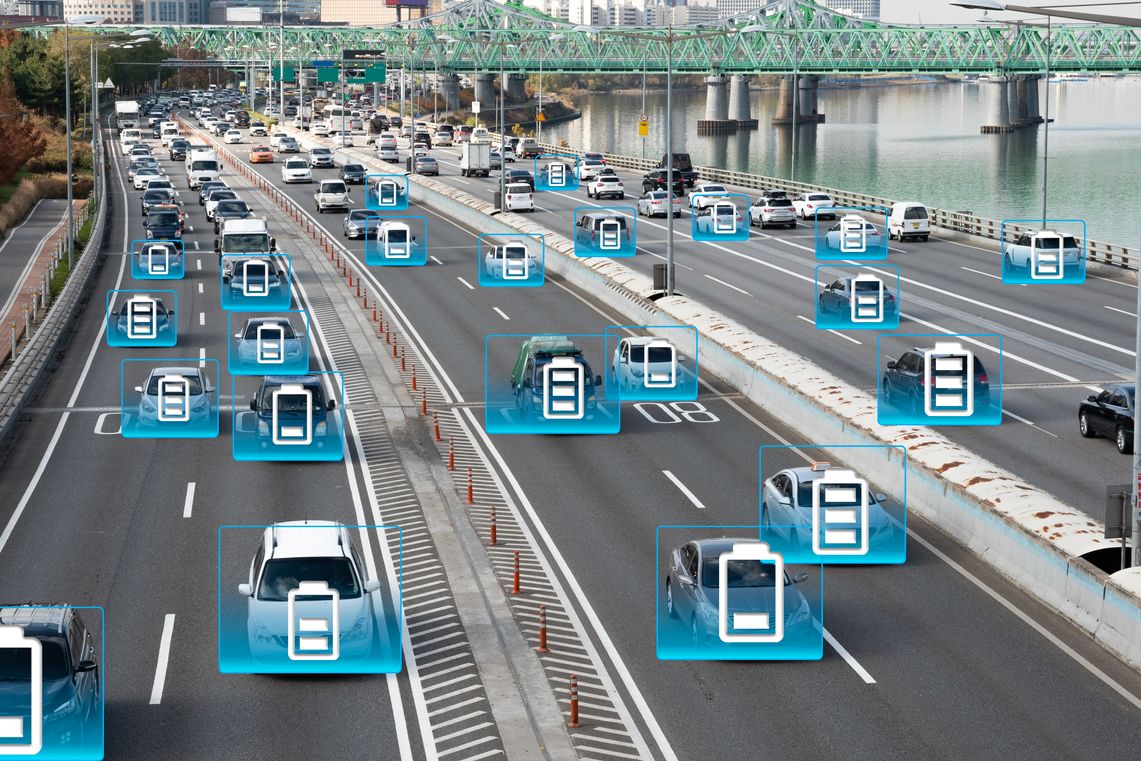
Market introduction of full battery electric vehicles (BEVs) is, in many aspects, more complex than launching regular internal combustion engine cars (ICEs), and therefore represents a challenge in itself. However, it is an even greater challenge in emerging markets, where importers and dealers often lack the experience, know-how and resources to successfully bring BEVs to the market. Furthermore, market conditions require a great deal of adjustment to the prevalent market models. The infrastructure to support BEVs is still in its very early stages, especially for regions such as Latin America. To ensure a successful roll-out in Latin America, OEMs will have to provide active guidance and support to importers in order to develop tailored solutions that fit these environments. Arthur D. Little has experience in successfully launching BEVs in these challenging market environments.
Important Latin American car markets face significant challenges when introducing BEVs
With roughly 650 million people and splendid economic prospects as an emerging region, Latin America is of strategic importance for all global automotive OEMs. Many European, North American and Asian manufacturers have been successful in establishing themselves in Latin America’s premium market segment. Yet, getting a foothold in the region can prove difficult if market-specific conditions are not considered carefully. We have analyzed the key aspects for OEMs looking to enter the region with battery electric vehicles (BEVs). Despite high diversity across the region, Latin American markets face similar challenges with the introduction of BEVs. Taking them into account will be essential when planning forthcoming roll-outs.
BEVs are new to Latin America
Most Latin American markets have only had scarce experiences with electric vehicles (EVs) so far. Many have not even seen plug-in hybrid vehicles (PHEVs) yet, so importers and dealers are unable to build upon previous knowledge obtained in past rollouts. Subsequently, everything from standards implementation, dealer training and legal requirements through to aftersales challenges is new, and needs to be thoroughly analyzed and defined before the market introduction of a BEV. Most importers will require substantial guidance and support from their OEMs to gain clear understanding of what this product introduction will mean for their markets.



